TL;DR: Low-Side sensing 4-wire method sensed by D+ and D-.
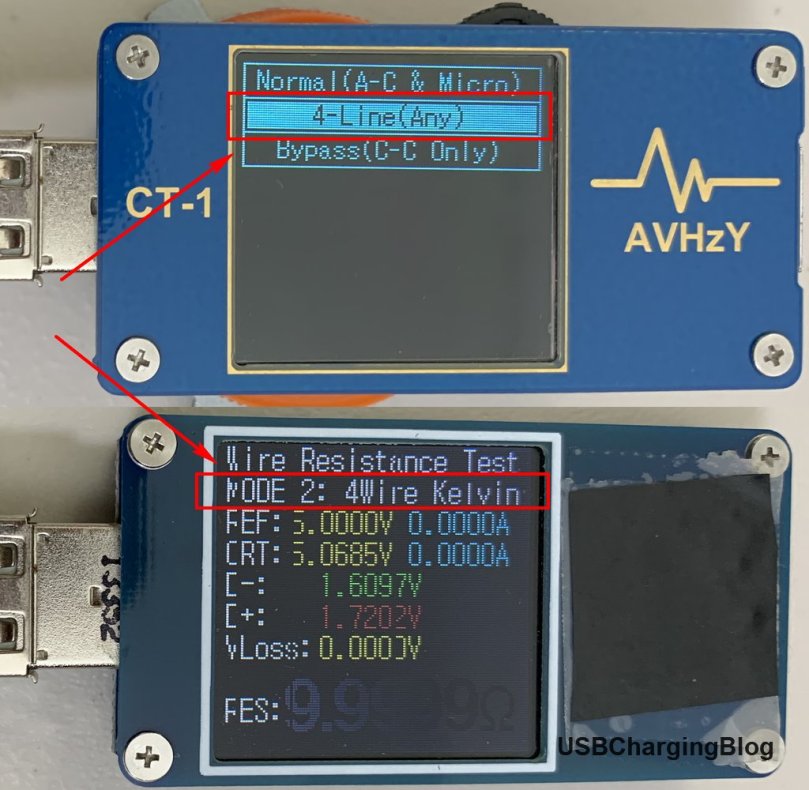
Some USB meters may have a cable resistance measurement function called “4-Wire (Line)”. It is designed for accurate measurement of USB cable resistance but requires special hardware to implement. In fact, the main principle is the four-terminal sensing method, also known as the Kelvin method. It also uses D+ and D- as a differential pair, but due to the voltage range of D+ and D-, it samples at low-side. It therefore combines 4-Wire method and low-side sensing. You can think of it as a hidden function because there is no detailed information in the user manual.
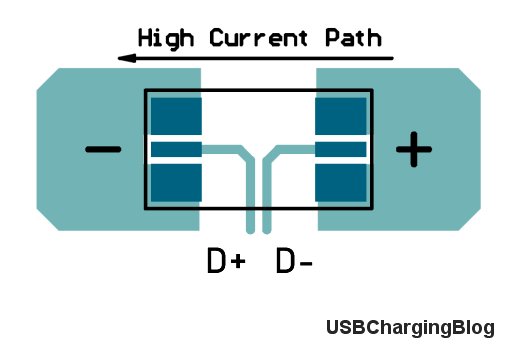
Let’s see how well it works. Components you might need:
- One USB-A plug
- One or two 10W5ΩJ cement resistors or an electronic load
- Several wires
- Resistors with a resistance of about 1K (Optional, for protection)
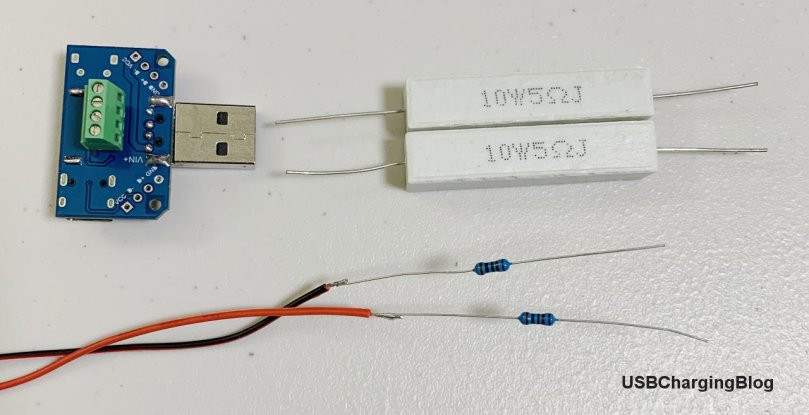
In addition, you need to disable the D+ and D- signals from the power source port. Here is how I do.
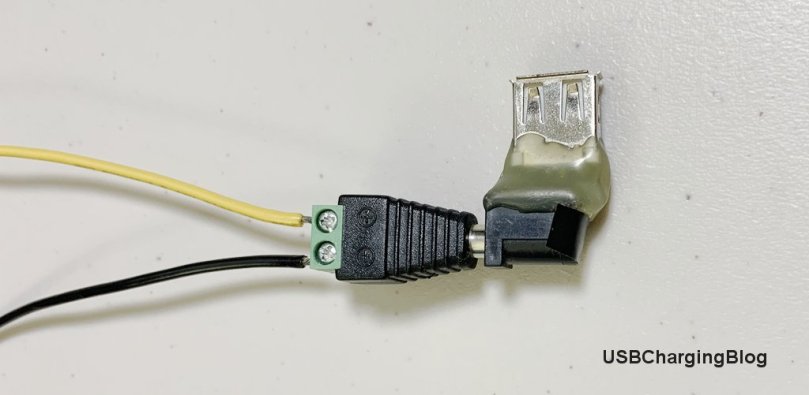
As reference, I use a 1W 1% R050 shunt resistor with a known resistance of 50.30 mΩ.
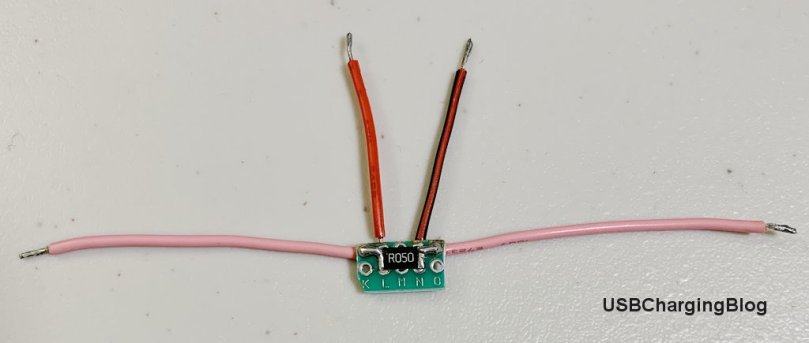
First take a multimeter and try it with the common 2-wire method. The multimeter reads 0.051 Ω in relative mode. Well, that is a lot better than I expected.
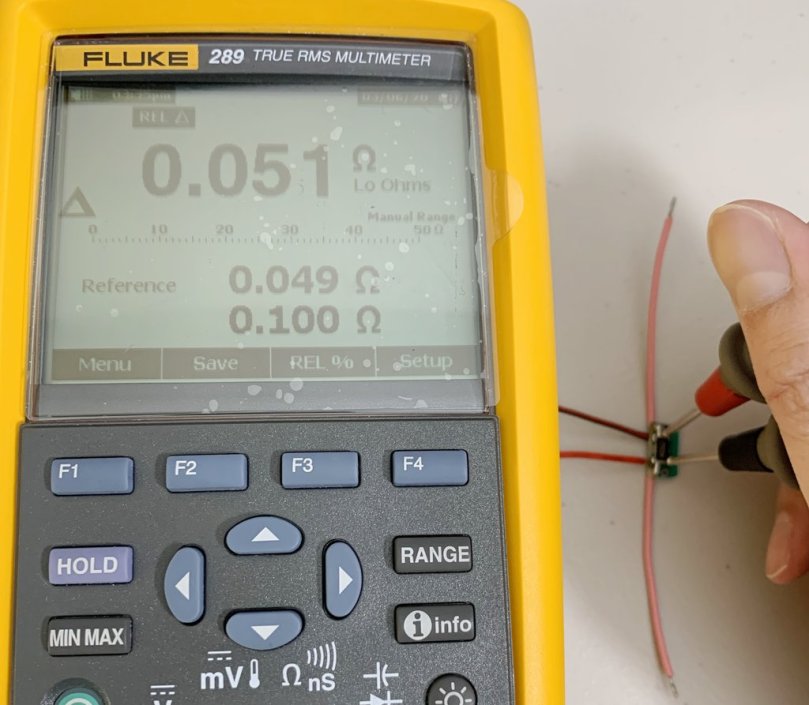
This is how I connect them together.
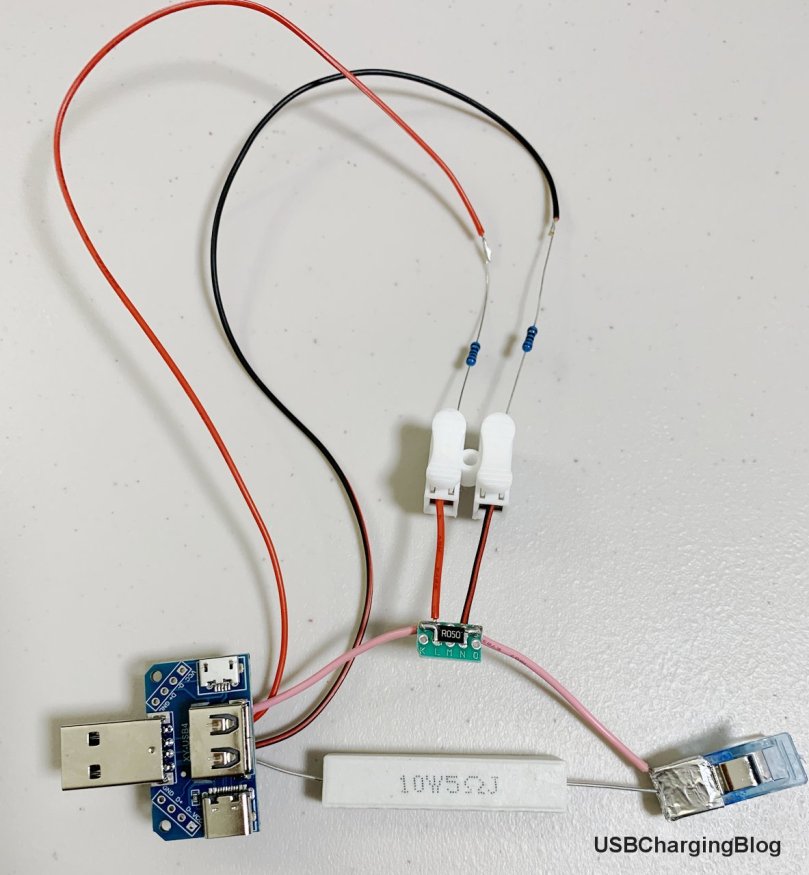
ZY1276 vs. CT-1 vs. CT-2 vs. ZY1280
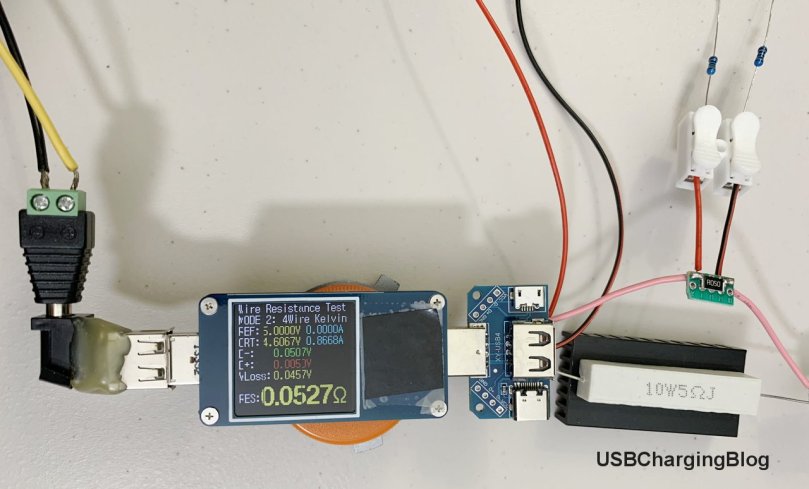
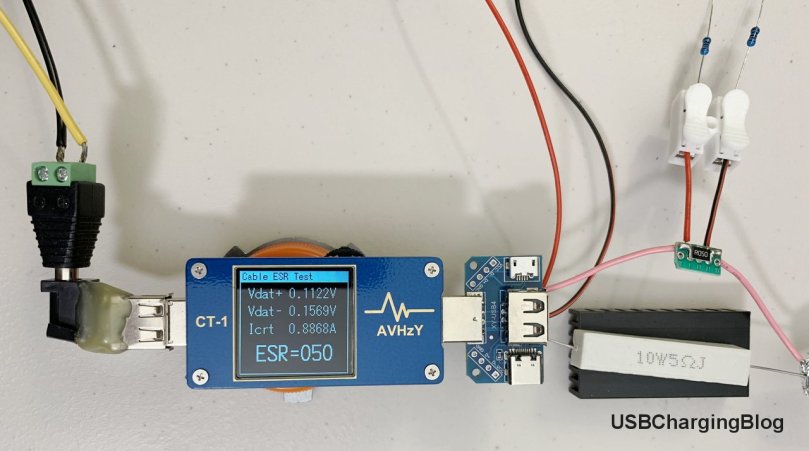
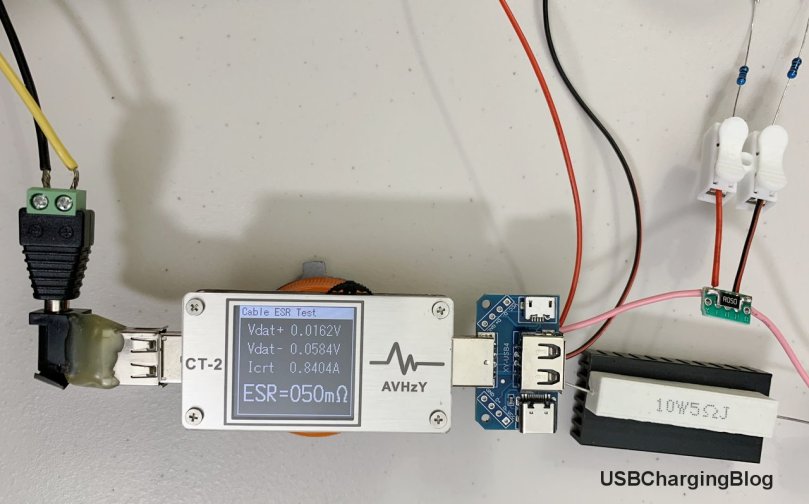
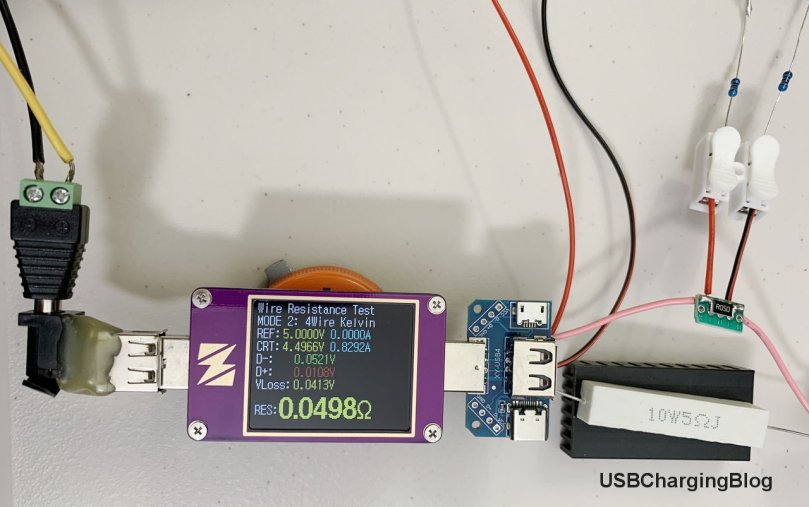
When using a cement resistor, the accuracy is very good except for ZY1276. But the ZY1276 is still acceptable.
Let’s replace the cement resistor with an electronic load and test with different currents to see what happens.
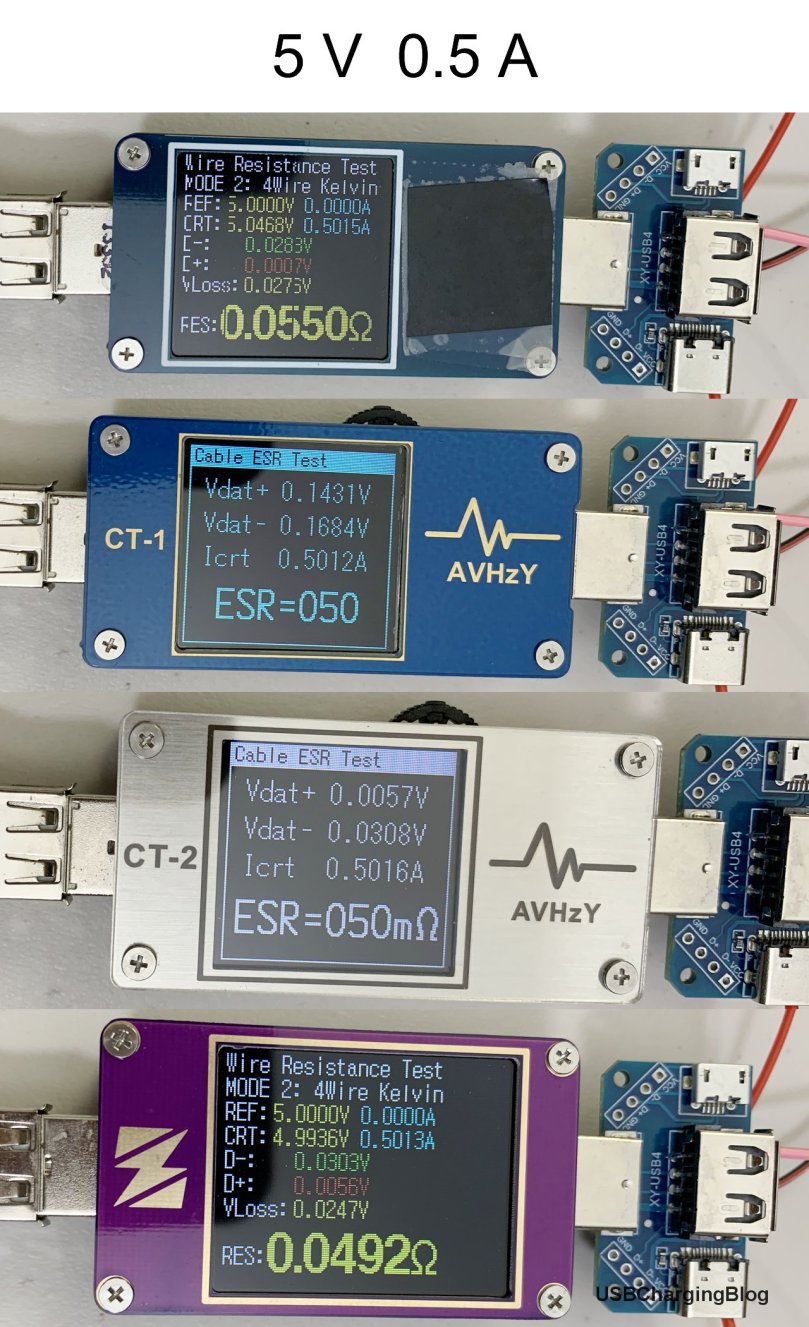
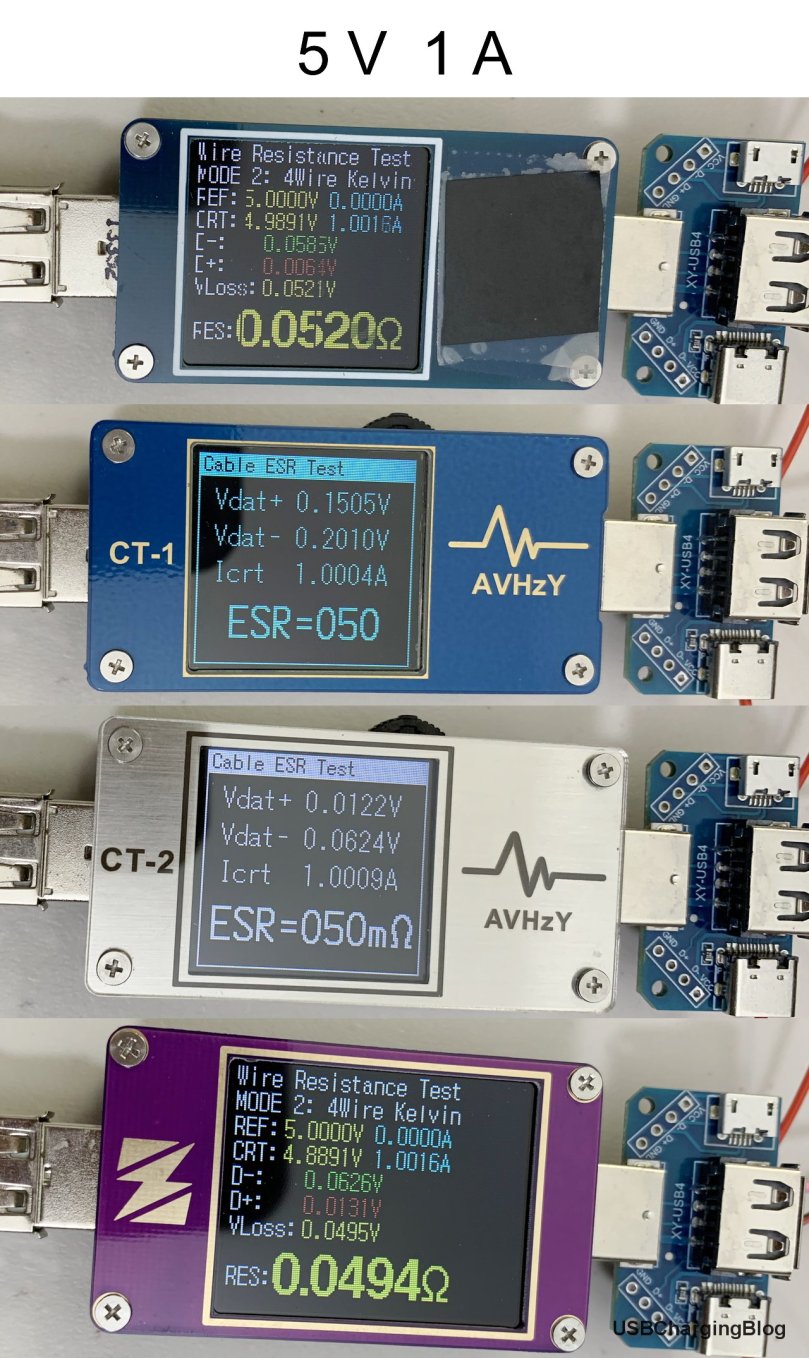
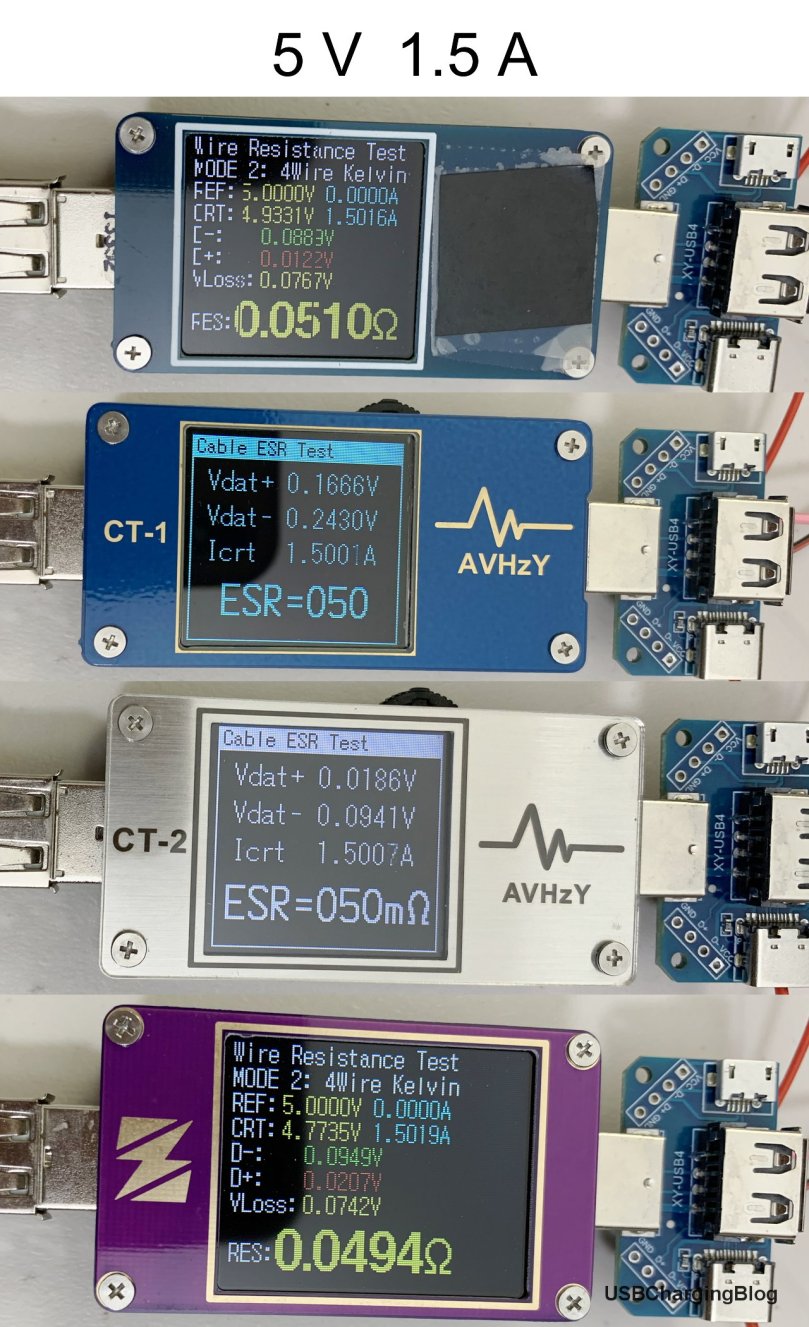
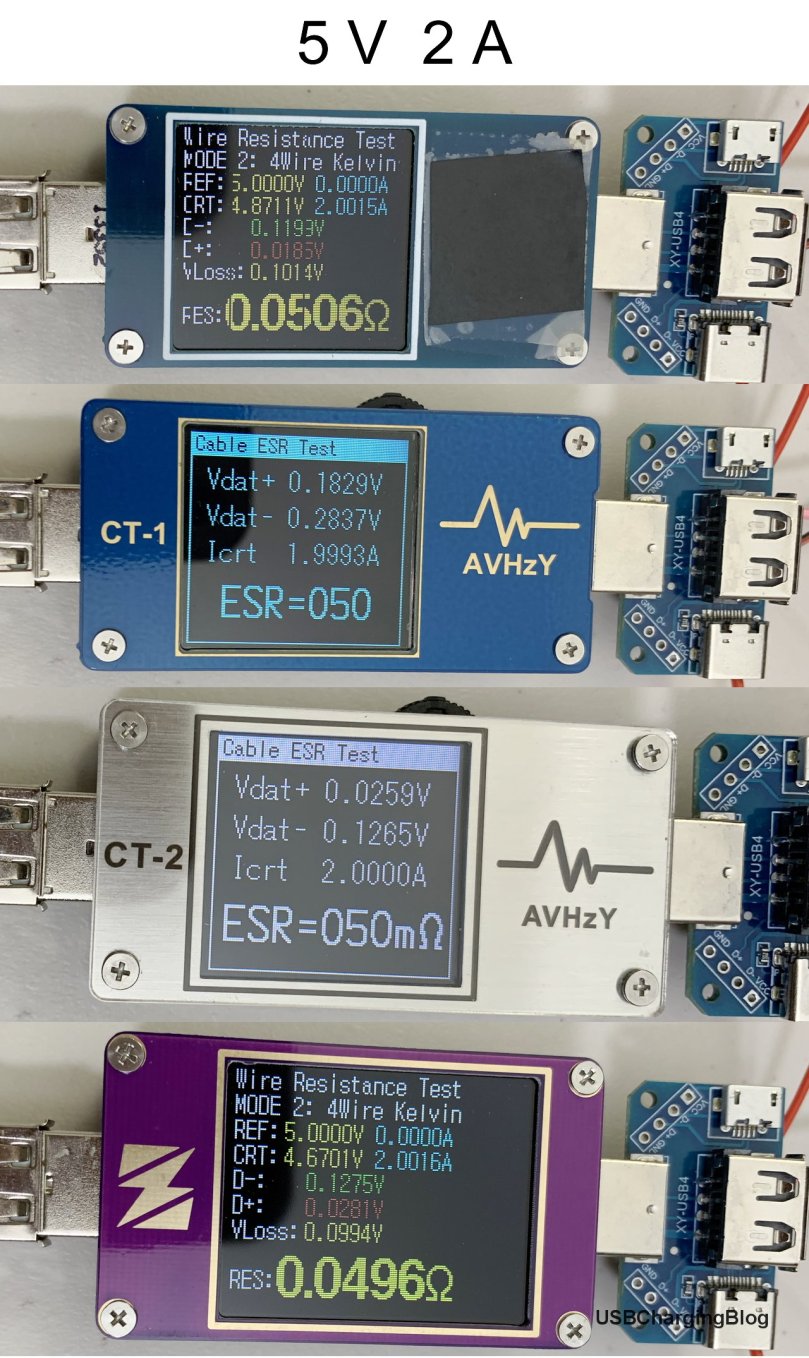
Since they have different digits, the results are calculated from the measured data and the digits are unified.
| 50.30 mΩ Resistance Measurement | ||||||||
| 5V | ZY1276 | CT-1 | CT-2 | ZY1280 | ||||
| A | mΩ | Error | mΩ | Error | mΩ | Error | mΩ | Error |
| 0.5 | 55.03 | 9.40% | 50.47 | 0.34% | 50.03 | 0.54% | 49.27 | 2.05% |
| 1.0 | 52.02 | 3.42% | 50.47 | 0.34% | 50.15 | 0.30% | 49.42 | 1.75% |
| 1.5 | 51.08 | 1.55% | 50.93 | 1.25% | 50.31 | 0.02% | 49.40 | 1.79% |
| 2.0 | 50.66 | 0.72% | 50.42 | 0.24% | 50.30 | 0.00% | 49.66 | 1.27% |
- The higher the current, the more stable the readings and the more accurate the results.
- The CT-1 and the CT-2 are very accurate at any current.
- The ZY1280 is accurate at any current.
- If we directly take the readings as the results, all of them are accurate enough for cable resistance measurement.
Technically, the 4-wire method is applicable to any USB meter as long as the meter can measure the voltage of D+ and D-. You just need to do simple calculations.
More, the 4-Wire function was first introduced by Kotomi USB meters. It’s also the method I recommend to measure cable resistance using a USB meter.

[…] How to Turn a USB Meter Into a Milliohm Meter […]
LikeLike
[…] How to Turn a USB Meter Into a Milliohm Meter […]
LikeLike